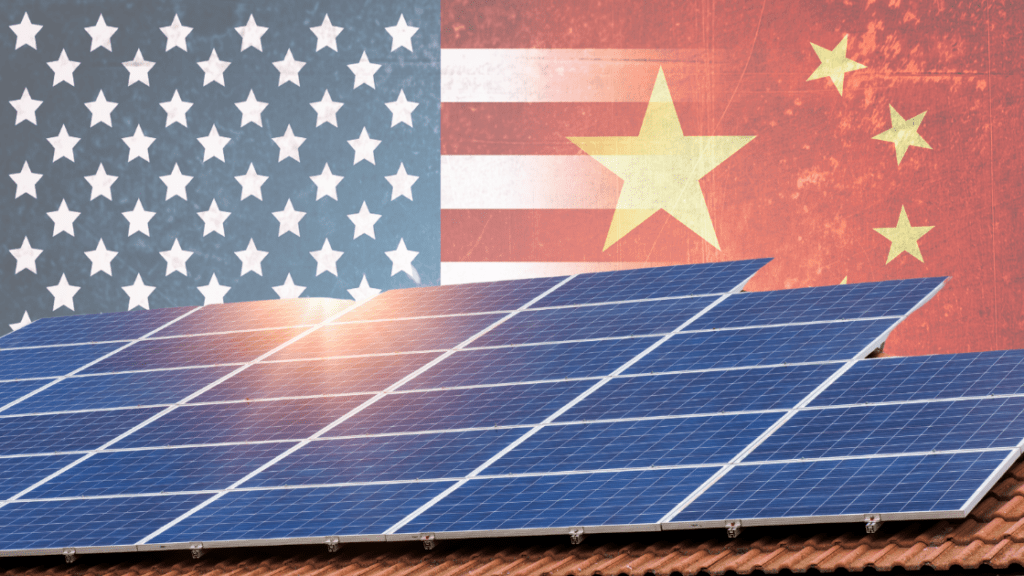They’re catching on.
A senior Department of Energy official called for the U.S. to diversify its sources for solar panels, saying the U.S. should manufacture more solar equipment at home.
“There are certainly supply chain risks that come from having manufacturing concentrated in China and Southeast Asia. We want a more diverse geographic footprint, and we would really like to have more of that here at home,” the DOE’s Solar Energy Technologies Office director Becca Jones-Albertus told Axios.
Her comments come after the Inflation Reduction Act spurred a wave of investment in solar equipment manufacturing in the U.S., as we reported in October. America’s two largest solar panel producers, South Korean multinational Hanwha Q-Cells and Ohio-based First Solar, both announced expansion plans. Other solar panel makers, including Swiss Meyer Burger, and Silicon Valley-based Auxin Solar and New York-based Convalt, are also expanding production here in the U.S. We estimated the investment value at well over $1 billion and the jobs to be created at over 1,000.
The best news about the new investment is that more than one of those expanding companies is likely to invest in the intermediate stages of solar cell production, including the production of solar ingots and wafers. Those are the stages where China has a vice-like grip on the market, so U.S. investment can potentially free the solar market from Chinese domination and manipulation.
“I’m very excited about the investment plans we are hearing about regarding the intermediate stages of production,” said CPA chief economist Jeff Ferry. “The government and many in the business community need to grasp the fact that an industry is only secure and reliable if the entire supply chain is either in the U.S., or in the hands of trustworthy allies, or truly diverse. When China controls any section of a supply chain, supply of the end-products is not reliable. China can act as a monopoly supplier because the CCP government can and often does control all the companies in any major industry in China.”
 Risk of China Dependence Remains
Risk of China Dependence Remains
Only tariffs have managed to keep U.S. investment in solar alive. Without them, China would have achieved full control of the solar supply chain from top to bottom years ago. And the U.S. would go from fossil fuels independence, to solar power dependence.
After a weakening of the Section 201 tariffs in President Biden’s first year, imports of solar panels from Chinese-owned companies in Southeast Asia surged. Last year, the Commerce Department found evidence of dumping by those Chinese multinationals in Southeast Asia.
Jones-Albertus said that U.S. domestic producers could play a larger role in solar. The country produces polysilicon, they key starting material used to make solar cells. But when you move up the supply chain, “we don’t have the manufacturing capacity,” she said.
Jones-Albertus said that the Inflation Reduction Act provides the “incentives to grow that supply chain here.”
China Solar Moves to SE Asia to Beat Anti-Dumping/Countervailing Duties












